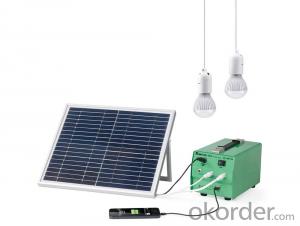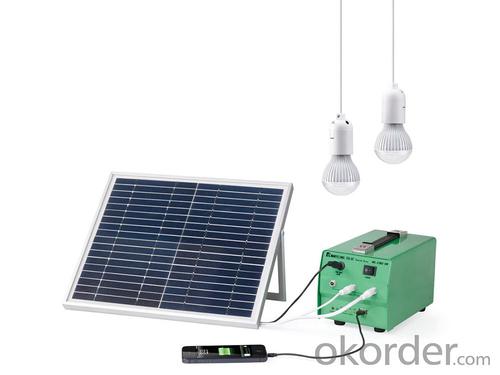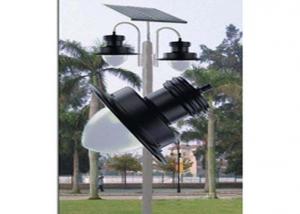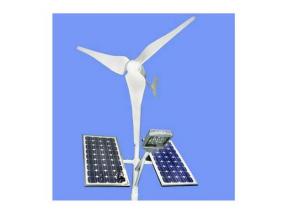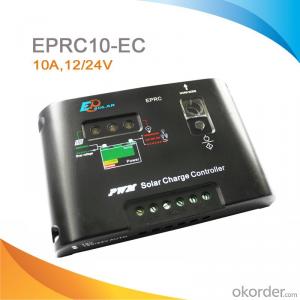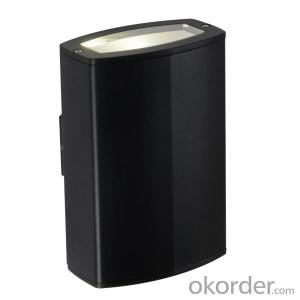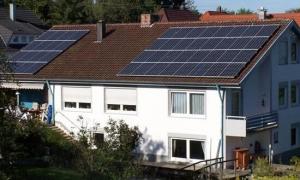Crest Solar Energy Systems - DC >10W Solar Lighting System
- Loading Port:
- Guangzhou
- Payment Terms:
- TT OR LC
- Min Order Qty:
- 50 set
- Supply Capability:
- 10000 set/month
OKorder Service Pledge
OKorder Financial Service
You Might Also Like
Features:
1.Solar panel : crystalline silicon 10W18V, efficiency>=16%;
2.Integrated power supply box :Built-in controller 3A12V and maintenance-free lead-acid battery 7AH12V;
3.LED lamp:3W12V,with 5M wires and switch, 2 sets;
4.Charing cable : 1 x USB cable 10-in-1;
5. Charging and using time: The empty battery could be full after charged 6hours. After the battery is full, 2 LED lamps could work 10hours;
6.Warranty: Panel 10 years; Battery 1 year; others 1 year.
| Item number | XT802A-10W |
| Solar panel | Poly crystalline 10W 18V |
| Battery | 7AH12V lead-acid battery |
| LED lamp | 3watt, >50000 hours |
| cable of led lamp | 5 m |
| Weight | 5.5kg/set |
| Output | DC 12V and DC 5V |
| Working Time @ full battery | 2 LED lamps totally using 10hours. |
| Warranty | 1 years |
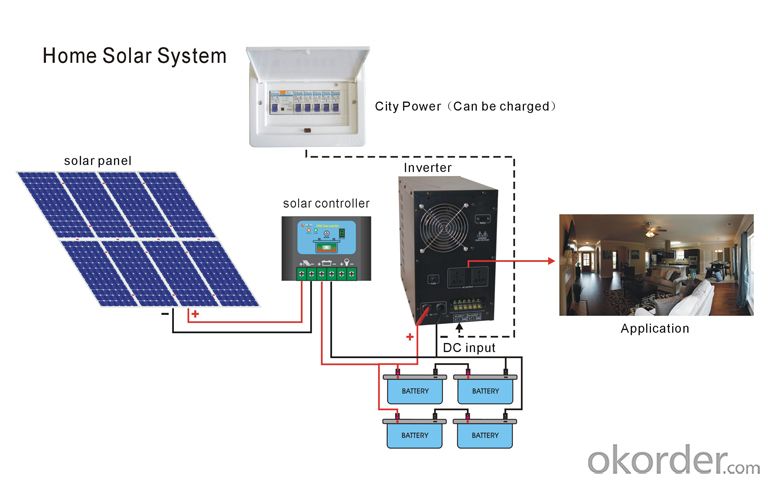
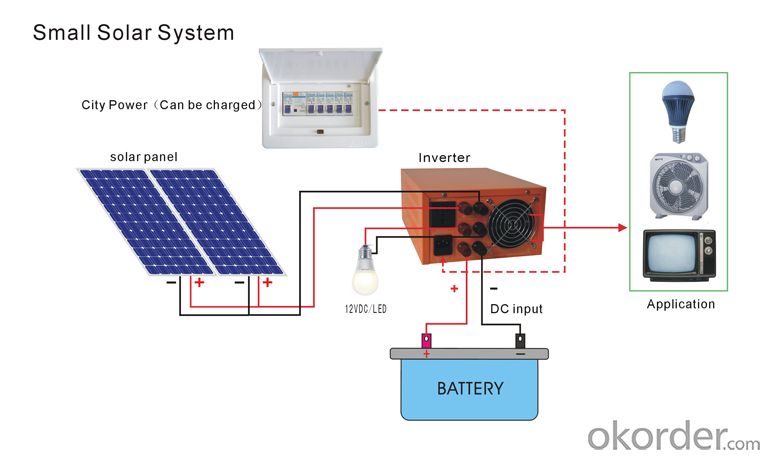
Quantuty
Quality goal:Constant innovation to meet the request of the customers. Protect the environment, provide environmental products to customer.
Quality strategy:
Quality: established high efficiency quality manager system in line with ISO9001 and ISO/TS16949.
Improvement: keeping improvement & quality guarantee.
Efficiency: delivery on time, complete the agreed events with the customers on time.
Service: focus on customers, provide the service and technology support on time.
FAQ
1. How long will my inquiry get response?
Your inquiry related to our products or prices will be replied within 24 hours.
2. Can I get professional service and suggestion?
Well-trained and experienced staffs to answer all your questions in fluent English.
3. Do you accept OEM or customized design?
OEM & ODM, any your customized lightings we can help you to design and put into product.
4. What if I need specific design?
Distributorship are offered for your unique design and some our current models.
- Q: How do solar energy systems impact regional economic development?
- Solar energy systems have a positive impact on regional economic development in several ways. Firstly, they create job opportunities in the installation, manufacturing, and maintenance sectors. This leads to increased employment rates and income levels, stimulating economic growth. Secondly, by reducing reliance on fossil fuels, solar energy systems lower energy costs for businesses and households, freeing up funds that can be invested in other sectors. Furthermore, solar projects attract investment and promote innovation, fostering a sustainable and resilient economy. Overall, solar energy systems contribute to job creation, cost reduction, and investment attraction, all of which drive regional economic development.
- Q: Can a solar energy system be installed on a farm?
- Certainly, it is possible to install a solar energy system on a farm. In reality, farms are considered to be an excellent choice for solar energy installations because of their expansive open areas and abundance of sunlight. Solar panels can be affixed to the roofs of farm buildings or set up on the ground using mounting structures. The energy produced by these solar panels can be utilized for a multitude of farm operations, including irrigation systems, lighting, heating, and cooling systems. Moreover, a solar energy system can assist farmers in diminishing their dependence on conventional energy sources, reducing their energy expenses, and contributing to a more sustainable and eco-friendly approach to agriculture.
- Q: How does the efficiency of solar panels vary across different roof types?
- Solar panel efficiency can differ depending on the type of roof due to various factors. One of the primary factors is the roof's orientation and tilt. Solar panels work best when they face the sun directly, ideally at a tilt that matches the latitude of the location. Consequently, roofs that face south and have an appropriate tilt generally have higher efficiency. Roof shading is another important consideration. If trees, buildings, or other objects cast shadows on the roof, it can significantly reduce the efficiency of solar panels. Even partial shading on a small part of the roof can impact the overall performance of the entire solar system. The material and condition of the roof can also affect efficiency. Certain roof materials, like metal or asphalt shingles, can reflect sunlight and improve the overall efficiency of solar panels. Conversely, roofs covered in dirt, debris, or damaged areas may lower efficiency as they can obstruct or hinder the absorption of sunlight. The size and shape of the roof also play a role. Roofs with more surface area can accommodate more solar panels, generating more electricity. Additionally, roofs with simple shapes, such as flat or slightly sloped roofs, are generally more suitable for efficient solar panel installation compared to complex roof designs with numerous angles and obstacles. Lastly, local climate and weather patterns can impact solar panel efficiency. Areas with abundant sunlight throughout the year typically have higher efficiency compared to regions with frequent cloud cover or limited sun exposure. In conclusion, solar panel efficiency can vary depending on factors such as orientation, shading, roof material and condition, size and shape, as well as local climate and weather patterns. Seeking guidance from a solar professional can help determine the optimal solar panel system for a specific roof type, maximizing energy production and efficiency.
- Q: Can solar energy systems be used in areas with limited access to sunlight due to shading from nearby buildings or structures?
- Solar energy systems can still be used in areas with limited access to sunlight due to shading from nearby buildings or structures, but their efficiency may be reduced. It is important to design and position the solar panels properly to maximize exposure to sunlight throughout the day. Additionally, advanced technologies like solar tracking systems or micro-inverters can help mitigate the impact of shading, making solar energy viable even in shaded areas.
- Q: Can solar energy systems be installed in areas with high winds?
- Yes, solar energy systems can be installed in areas with high winds. In fact, it is important to consider wind speeds when installing solar panels to ensure their structural integrity and longevity. Solar panels are designed to withstand various weather conditions, including high winds. Proper installation techniques, such as utilizing strong mounting systems and securing panels with appropriate fasteners, can enhance their resistance to wind damage. Additionally, some solar panel manufacturers conduct rigorous testing to ensure their products can withstand high wind speeds. It is recommended to consult with a professional installer who can assess the specific conditions of the area and design a solar energy system that can effectively withstand high winds.
- Q: Can solar panels be installed on canopies or awnings?
- Yes, solar panels can be installed on canopies or awnings. These structures provide an ideal platform for solar panel installation, as they offer ample space and a suitable angle for capturing maximum sunlight.
- Q: Can solar energy systems be used for powering electric vehicle delivery services?
- Yes, solar energy systems can definitely be used for powering electric vehicle delivery services. Solar panels can be installed on the roofs of warehouses or delivery hubs to generate clean and renewable electricity. This solar energy can then be stored in batteries or directly used to charge the electric vehicles used for delivery services. By harnessing the power of the sun, electric delivery vehicles can be charged during the day and be ready to use for deliveries. This not only reduces the carbon footprint associated with delivery services but also helps to reduce operating costs by saving on fuel expenses. Furthermore, using solar energy for electric vehicle delivery services promotes sustainable practices and supports the transition to a greener and more sustainable future.
- Q: What is the role of solar panel cleaning in maintaining optimal performance?
- The role of solar panel cleaning in maintaining optimal performance is crucial. Regular cleaning helps to remove dust, dirt, and other debris that can accumulate on the panels over time, which can significantly reduce their efficiency. By keeping the panels clean, more sunlight can be absorbed and converted into electricity, resulting in higher energy production and overall better performance. Additionally, regular cleaning also helps to prevent long-term damage and prolong the lifespan of the solar panels, ensuring they continue to operate at their best for years to come.
- Q: Can a solar energy system be installed in areas with high seismic activity?
- Yes, a solar energy system can be installed in areas with high seismic activity. However, it is important to ensure that the system is designed and installed in a way that can withstand the potential impact of earthquakes. This may involve using specialized mounting systems, reinforcing structures, and conducting thorough assessments of the site's geological conditions. By following proper engineering practices and regulations, solar energy systems can be safely installed and operated in seismic-prone areas.
- Q: Can solar energy systems be used in powering greenhouses or nurseries?
- Yes, solar energy systems can be effectively used in powering greenhouses or nurseries. The abundant sunlight available in these environments makes solar power an ideal and sustainable energy source. Solar panels can be installed on the rooftops or nearby areas to harness solar energy, which can then be used to power various greenhouse operations such as lighting, heating, and irrigation systems. This reduces reliance on traditional energy sources and helps create a more eco-friendly and cost-effective solution for powering these agricultural facilities.
Send your message to us
Crest Solar Energy Systems - DC >10W Solar Lighting System
- Loading Port:
- Guangzhou
- Payment Terms:
- TT OR LC
- Min Order Qty:
- 50 set
- Supply Capability:
- 10000 set/month
OKorder Service Pledge
OKorder Financial Service
Similar products
Hot products
Hot Searches
Related keywords
